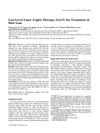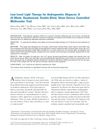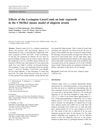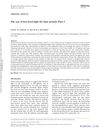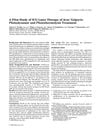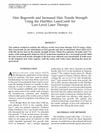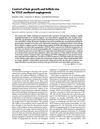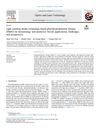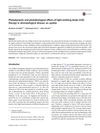The Effects of Narrowbands of Visible Light Upon Some Skin Disorders: A Review
December 2015
in “
International Journal of Cosmetic Science
”
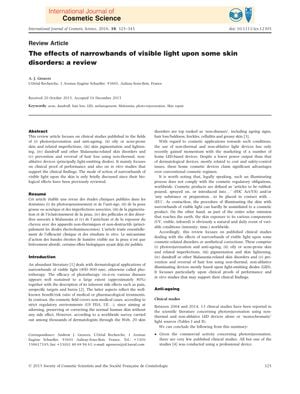
TLDR Visible light can improve skin disorders and hair loss, but more research is needed to understand long-term effects.
The 2016 review article examined the effects of narrowbands of visible light on various skin disorders, including photorejuvenation, acne, skin pigmentation, dandruff, Malassezia-related skin disorders, and hair loss. It summarized findings from clinical studies that showed improvements in skin conditions such as wrinkles, skin texture, and pigmentation, with some studies indicating increased collagen production. However, objective analysis did not always confirm significant changes, and the efficacy of treatments like LEDs was not fully established. For acne treatment, blue light around 415 nm was commonly used, with clinical improvements often reported at 3 months post-treatment. Studies showed that light therapy could significantly reduce acne lesions and sebum production, with mixed blue and red light therapy being particularly effective. In terms of hair loss, low-level laser therapy (LLLT) was found to be potentially effective for androgenic alopecia (AGA), with studies reporting increased hair density and patient satisfaction. The review highlighted the need for further research to better understand the long-term effects and mechanisms of action of light therapy on skin disorders and hair loss.


